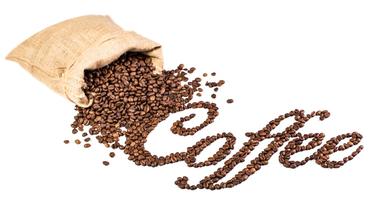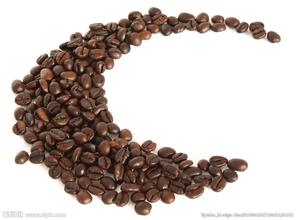Arabica Coffee Flavor description method Grinding scale varieties taste manor production area introduction
Arabica Coffee Flavor description method Grinding scale varieties taste manor production area introduction
Arabica coffee accounts for 75% of the world's coffee output, and the quality of Arabica coffee varies greatly, from good to bad. In recent years, a few countries (such as India) have devoted themselves to improving the quality of robusta coffee. They have planted robusta in high altitude areas, given the most careful care, and carefully washed the coffee. As a result, they have got very high-quality robusta coffee beans! Top Robusta beans are not cheap either, getting rid of the old impression that Robusta are cheap beans! So the quality of coffee beans is no longer good or bad. Is it Arabica beans? This crude and outdated ancient standard of judgment is judged. Arabica? Coffee has a varied and broad potential flavor. Arabica coffee produced in different regions, different elevations and different climates usually has its own characteristics and can show a completely different flavor. ? Arabica? When coffee is not roasted, it smells like grass. After proper roasting, it shows. Fruity? (medium and shallow baking) and? Caramel sweet? (deep baking), generally speaking, has a better aroma and flavor than Robota beans. ? Robusta? Coffee is usually mundane, dull, and pungent, and because the vast majority of Robusta coffee in the world is grown in low altitude areas (India has planted a small number of high-altitude, high-quality, washed robusta coffee beans, its price is higher than most Arabica coffee beans) the flavor produced by different regions and climates does not vary much, and lacks personality. When unbaked, it smells like raw peanuts, and cheap robusta coffee beans usually smell like peanuts when roasted. Mai Tsai tea? (medium baking) and? Rubber tire smell (deep baking), it is difficult to show the fine flavor of Arabica (Arabica) and? Robusta?
Ethiopia washed coffee Yega Chuefei G1 G2
The highest levels of Sidamo (Yirgacheffe, Sidamo) are level 2 and level 3 (G2, G3).
Most of the sun-processed coffee in eastern Ethiopia are grade 4 or grade 5 (G4, G5).
In many cases, level 4 coffee is marked as level 5 in order to reduce taxes. At present, the grading is not uniform and messy, because there are also Grade I and II (Grand G2) Yirga Cheffe processed by sun processing, but the highest grade of Harald (Harar) is Grade IV (G4).

Important Notice :
前街咖啡 FrontStreet Coffee has moved to new addredd:
FrontStreet Coffee Address: 315,Donghua East Road,GuangZhou
Tel:020 38364473
- Prev

How much powder is made of Italian espresso?
The amount of powder made in Italian espresso has changed as light-roasted, high-altitude coffee has become more popular in the past few years. Today, coffee shops in the United States, Europe and Australia are accustomed to using the gouache ratio of Normale espresso (1buzz 1.5 or 1:2). As more and more coffee shops use individual coffee to make it meaningful.
- Next

Introduction to the producing area of Arabica Flavor description of Colombian Coffee
Colombian coffee Arabica flavor description, grinding scale, variety production area introduction after maturity, Colombian coffee beans will have a reputation as flawless and elegant as jade in the jade world, with heavy grains, rich nutrition, rich flavor, soft taste, smooth taste and excellent balance. The color is as clear and transparent as emerald jade.
Related
- Beginners will see the "Coffee pull flower" guide!
- What is the difference between ice blog purified milk and ordinary milk coffee?
- Why is the Philippines the largest producer of crops in Liberia?
- For coffee extraction, should the fine powder be retained?
- How does extracted espresso fill pressed powder? How much strength does it take to press the powder?
- How to make jasmine cold extract coffee? Is the jasmine + latte good?
- Will this little toy really make the coffee taste better? How does Lily Drip affect coffee extraction?
- Will the action of slapping the filter cup also affect coffee extraction?
- What's the difference between powder-to-water ratio and powder-to-liquid ratio?
- What is the Ethiopian local species? What does it have to do with Heirloom native species?

